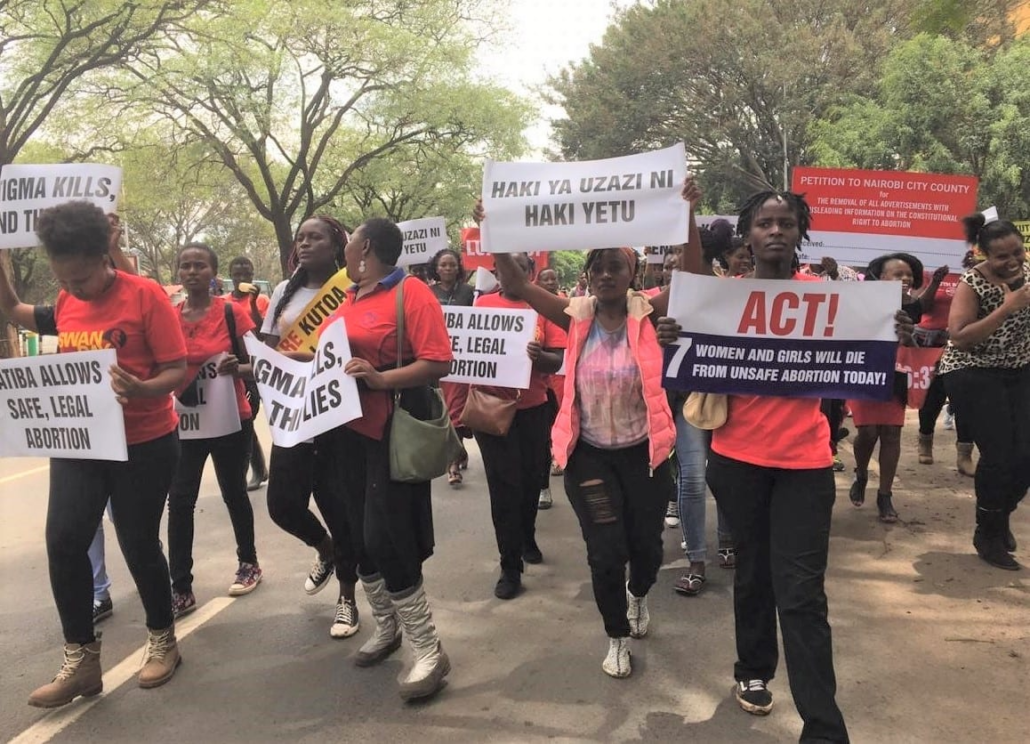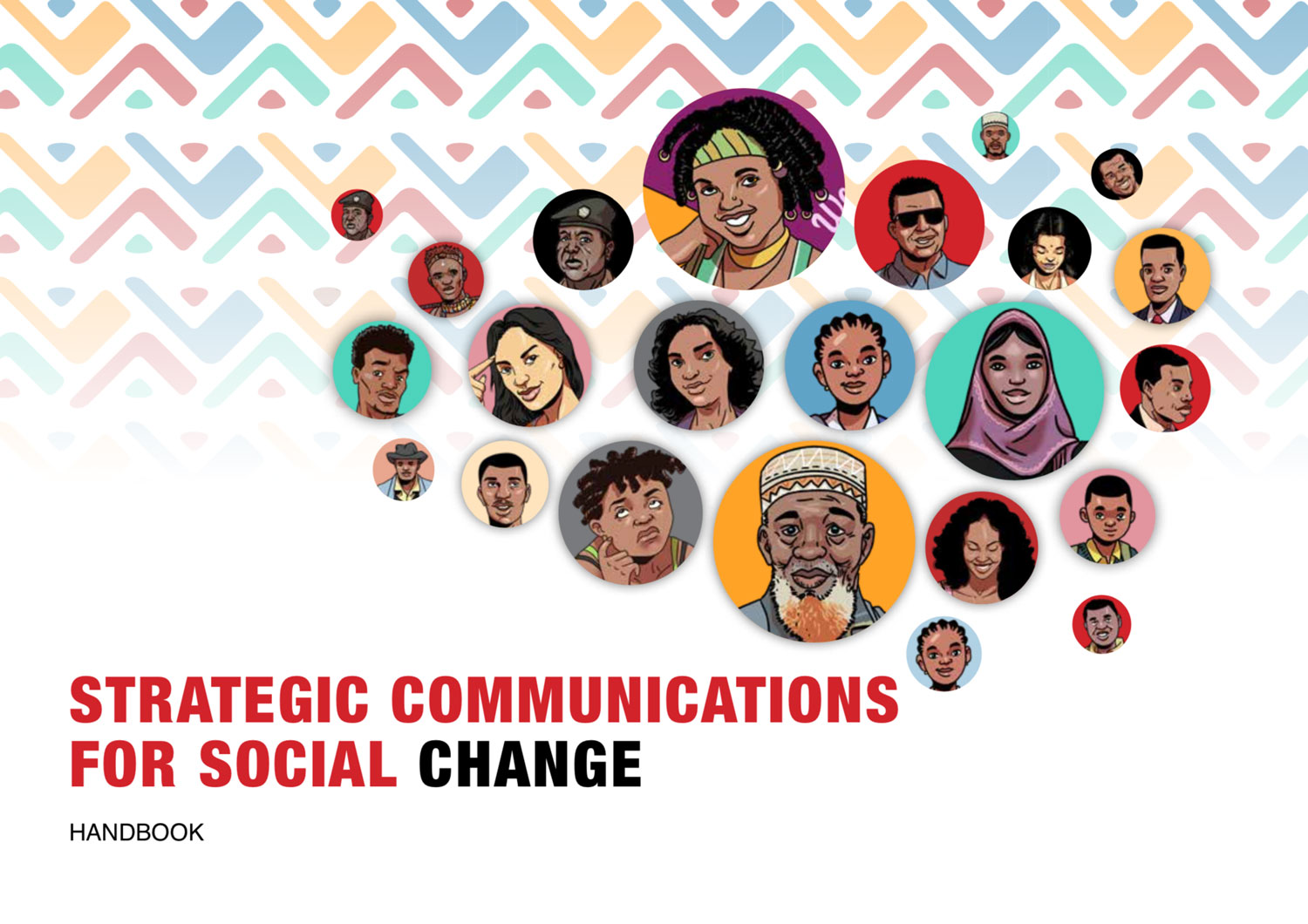By Mumbi Kanyogo, Strategic Communications Advisor, Well Made Strategy
This blog post was originally written for the Dignified Storytelling Blog hosted by Dubai Cares. You can access the original blog post here
Persuasion is our trade.
When working on campaigns our aim is to design narratives that persuade swayable audiences to support our partners’ objectives. We do this by making sure that our audiences interact with our carefully selected and engineered narratives and by messaging as many times as possible.
It is easy to get it wrong.
Because of our firm belief in evidence-based decision making, we can sometimes lead with the head when you should always lead with the heart.
When our partners are working in areas that are deeply defined by disinformation and misinformation, they often reach for facts and figures, or at best, very mechanical and technical stories that centre their ideas about the issue they are talking about, not their audiences’ values and certainly not storytellers’ own ideas.
This is not only disrespectful; it is ineffective.
The stories told often become deeply disconnected from their original sources and blur into a repetitive, technical blur of monotonous statistics that are difficult to connect with – a kind of buzz.
Unchecked, this not only produces storytelling that doesn’t hit the mark, it also alienates the storytellers. The principles of Dignified Storytelling help communications practitioners avoid this.
Dignified Storytelling is all about heart.
The ineffectiveness of logic as an antidote to misconceptions and disinformation has been demonstrated many times in the sexual and reproductive health rights landscape. Between 2019 and 2021 Kenyan churches and local and western anti-SRHR groups led a widely supported and well-organised campaign to oppose Kenya’s Reproductive Health Care Bill, a bill that had been proposed in Kenya’s senate. Among other provisions, the bill sought to institute a universal age-appropriate comprehensive sexual education curriculum and to reaffirm access to safe abortion in emergency situations, as outlined in the Kenyan constitution.
The opposition did what opposition typically does. The church hyper-focused on and contorted the bill’s provisions on abortion (in fact they renamed the bill, the “abortion bill”), parents expressed concerns about their children being exposed to sexual content at an early age and on social media, many Kenyans agreed with obvious opposition disinformation – “abortion endangers mothers’ lives,” “CSE will make Kenyan children gay” and so on.
In response SRHR actors opted to negate the opposition. They repeatedly told their audiences things like “abortion is not illegal in Kenya”, that “the CSE proposed under the bill is age-appropriate”. They opted for sterile statistics accompanied by myth-busting narratives that logically make sense to them as SRHR specialists, whereas the opposition told stories, albeit inaccurate, that connected with their audiences’ fears, beliefs and values.
The stories were much more effective.
Recently a new approach is being pursued by the group seeking to uphold the constitution, one that puts stories and people centre-stage. Taking seriously the idea that people’s attitudes about contentious issues such as sex education and contraception access are shaped by their beliefs, emotions, values and lived experiences, this approach to narrative creation includes two key steps:
- Firstly, striving to understand the negative images and ideas that key audiences associate with SRHR and isolating the value or belief that is at the core of that association.
- And secondly, identifying pro-SRHR messages in the stories of pro-SRHR family members, educators, healthcare providers or storytellers who share various identities and live in community with target audiences – stories that speak directly to their values and beliefs.
This approach pushes its practitioners towards the stories that exist at the intersection of key audience’s concerns and beliefs and the self-narrated experiences of ordinary people navigating controversial issues. It recognises everyday people who use their narratives to shape our ideas about the issues we care about as storytellers with agency – a critical shift towards Dignified Storytelling when these people are often situated as research subjects.
And in the process, it uncovers possibilities for more connected, intimate storytelling that emerges from listening for effective narrative framing rather than from ready-made, logic-based ideas – it puts storytellers at the centre of campaign planning and dignifies their expertise.
This new approach exemplifies Principle #1 of the Dignified Storytelling Handbook: “It’s not my story”. Opponents of the bill are crafting narratives based on authentic stories from a diverse set of everyday people with positive attitudes towards SRHR. These stories are told in languages familiar to the audience and the storytellers and are stories the storytellers feel comfortable telling.
These communications practitioners demonstrate the critical understanding that community members have deep roots and contexts that not only matter, but mean they are best placed to shape the stories and narratives that will be used to connect with key audiences effectively and compassionately even in a large-scale campaign. And they acknowledge that the opinion of all sides should be respected.
In listening for narratives within these stories these community members are given real agency in influencing audiences, as opposed to relegating them to the side-lines as case studies or research subjects.
This approach makes clear that when storytellers and audiences are at the centre of campaign planning, we develop more compelling narratives. But also, it reinforces a key idea that is at the core of the Dignified Storytelling approach: that by engineering collaborations between storytellers and audiences, as opposed to engineering the actual narratives ourselves and centring the expertise that makes sense to us, we can develop stories that dignify both our audiences and our storytellers, stories that persuade the people we seek to influence and respect the people who tell them.




